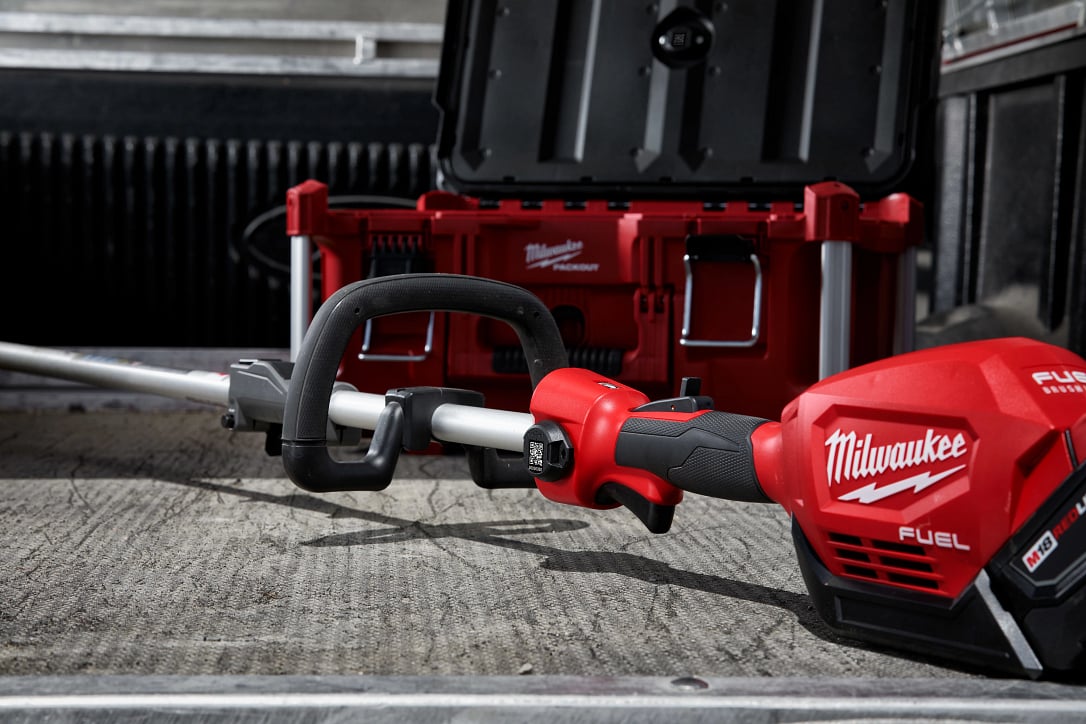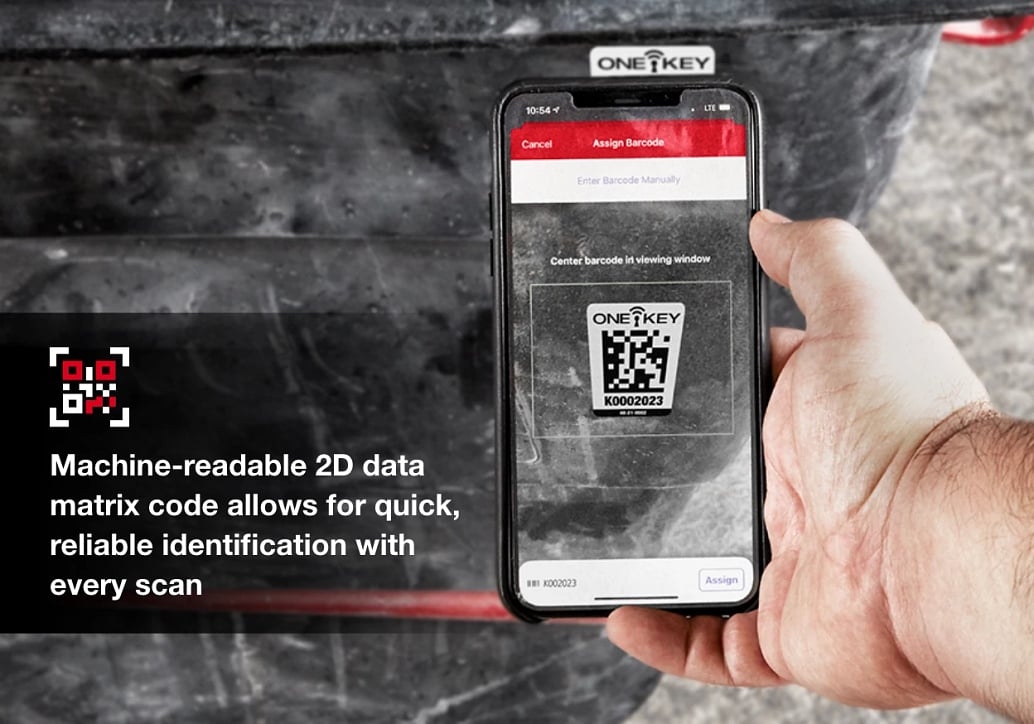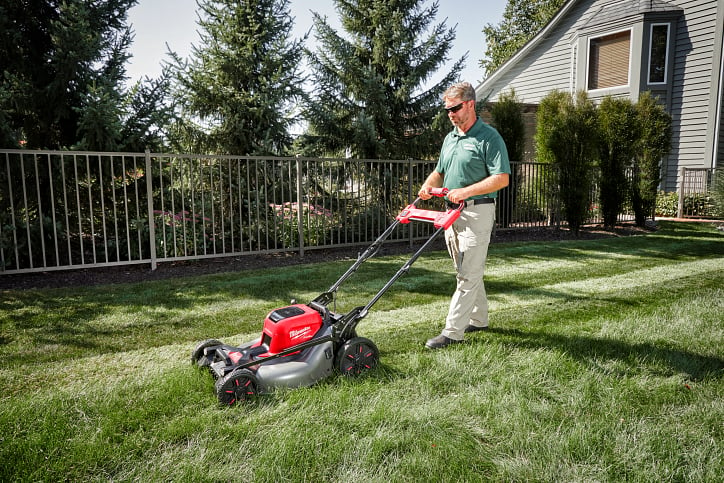
Inventory accounts for “a shocking amount of capital,” representing as much as 1.1 trillion in cash tied away, or 7% of the U.S. GDP. No matter the industry, you can bet there’s ample inventory to keep track of, especially among small and midsize businesses (SMBs), like landscaping businesses, where inventory dollars are crucial, and inefficiencies are felt the hardest.
Yet, shockingly, as Wasp Barcode Technologies has noted, nearly half of SMBs with 11-500 employees don’t currently track inventory; or if they do, they do so manually.
A critical part of building a landscaping business is keeping track of valuable equipment, because (as we’ve discussed extensively in this publication) managing inventory effectively can help prevent costly downtime and project overruns.
In this article, we’ll explain how landscaping professionals can become empowered through inventory best practices.
Namely, we’ll:
What Is a Digital or “Cloud-Based” Inventory Management System & Why Digitize?
Similar to how productivity platforms like Office 365 and Google Cloud offer office workers all over the world access to critical files, a digital or “cloud-based” inventory system moves old, tired, and disjoined inventory processes (such as spreadsheets, or worse, manual pen and paper) to the cloud.
Landscaping trucks and vans are teeming with valuable outdoor power equipment—from string trimmers and blowers to hedge trimmers, pruners, chainsaws, and even specialized mowers. Landscaping professionals and owners can maintain visibility to their landscape equipment inventory by tagging (we’ll discuss this more in the following section) and tracking their equipment in relative real-time through an online platform that can be accessed from anywhere (e.g., from the back office, tool crib, work van, on the job, etc.) on any device (e.g., smartphones via an iOS app or android app; via tablet app; or via web portal).
Similarly, unlike manual processes that can be cluttered, or traditional software solutions (think: Microsoft Office Suite) that introduce their own unique pitfalls (think: versioning nightmares), digital inventories can be uploaded in bulk, and edited in bulk, with changes syncing for everyone. Furthermore, users can set up proactive service reminders for their equipment; upload virtually limitless documentation in a central and secure place that can be quickly accessed and easily searched for whenever it’s needed; set up geofences and be alerted about potential equipment security breaches; access and take advantage of to a full reporting suite; and much, much more!
Employ an Inventory Tag System
If you take a look under the hood at largescale, commercial warehouse operations and delivery services (think: the likes of Amazon or UPS), you’ll likely find them using inventory tagging software and barcoding hardware to track packages from the warehouse to your doorstep.
Similarly, household names in consumer electronics like Apple Inc or auto manufacturers like Ford must employ networks of sophisticated supply chains to source materials needed to build their products; worsening supply chain crises have made the jobs of supply chain managers more complicated than ever, rippling across all industries, including the building and construction trades, and demanding contractors adopt new strategies to navigate sustaining supply chain issues.
Landscaping businesses are no less affected by the supply chain issues that, frankly, will get darker before the dawn. Consider, for example, a Q1 2022 Landscape Supply Materials Update (prepared by SiteOne® Landscape Supply), which reports shortages in raw material and consumer price hikes north of 7%. Among them, gas prices have skyrocketed (up 65%, which most consumers can attest to); steel, zinc, aluminum, and brass shortages pose an impact to irrigation, lighting products, and technology; fertility raw materials costs have increased significantly; and seed crop losses have demanded contractors to seek out turf alternatives like clover, wildflowers, and native species.
While supply chain issues are sure to continue to worsen before they get better, employing an inventory system can help ensure landscaping professionals maintain visibility and optimize what you do have on hand, optimize safety stock, and even address labor shortages.
Furthermore, equipment tagging your inventory items can help create order from chaos:
- RFID Tracking for Equipment: Radiofrequency identification (better known as RFID tagging) provides more precise scanability by employing electromagnetic fields that automatically identify and track tags attached to equipment; however, they also offer a steep cost (expensive scanners) and finicky signal strength.
- GPS trackers offer the most advanced most precise, real-time equipment location updates. Think of the GPS functionality built into your smartphone or vehicle’s built-in navigation system, which allows for turn-by-turn directions to any location; this functionality, in the equipment management space, is critical when it’s needed (finding where items precisely are, at that exact moment). That said, GPS Trackers, as we’ve previously discussed, are among the most expensive of tool and equipment trackers available on the market. Out of the box, they’re expensive, and will often require a monthly subscription. That’s why we typically recommend reserving your GPS trackers for your highest value items, such as fleet vehicles transporting your stuff; trailers containing thousands of dollars’ worth of landscape equipment, power tools, etc.
- Barcodes or asset ID tags: Traditional barcodes have been a withstanding favorite of warehouses, and while warehouses barcoding often involves expensive barcode scanners, many contractors are able to print off, assign, and scan their own barcodes using the built-in camera on a smartphone or tablet device. And while these barcodes do okay in warehouse settings, heavy duty solutions provide supreme adhesion for landscaping equipment to ensure they last the life of your equipment, as well as location updates with every scan.

Learn more about the advantages of using One-Key Asset ID Tags for landscape equipment inventory management.
Deploy Wireless Inventory Trackers for Higher-Value Items
While tool tagging methods are often used for small tool tracking, wireless inventory trackers and Bluetooth tags offer a higher level of inventory tracking functionality, particularly useful for keeping track of mid-level landscaping equipment.
Bluetooth tracking tags can be attached via adhesives (like glue or epoxy), zip tie, screws, rivets, etc., and provide location updates via our Bluetooth tracking community, which serves as a sort of virtual search party, anonymously updating your item’s location when devices with the app installed pass nearby. Bluetooth tracking tags can be useful to attach to individual items or perhaps PACKOUT toolboxes or job boxes you’re sending to the job all at once (we’ll discuss this app functionality in the next section in this article).
The One-Key Bluetooth Tracking Tag, what’s more, offers a robust feature set, including:
- Built-in near-field communication (NFC) and a scannable QR code, offering a simple 2-step activation process.
- Built-in speaker (with 3 buzzer sounds) increases findability by allowing you to ring your tracking tag within 100ft if the product it’s attached to is not physically visible.
- Onboard accelerometer providing information on the last time equipment was used.
- IP68 rating, the most durable on the market, and ideal for outdoor landscape equipment.
- 300ft Bluetooth range.
- Compact design with 30% smaller footprint offering versatile attachment capabilities.
- An internal battery providing a 3-year run time that is maintenance free.
Learn more about the advantages of using One-Key Bluetooth Tracking Tags for landscape equipment inventory management.
How Landscaping Professionals Can Use the One-Key Inventory App & How to Get the Most Out of Its Features
If you’re new to One-Key, we recommend perusing our “Get Started” guide. On the other hand, if you’re an old pro, there are some too-often underutilized features and common misconceptions about the platform worth a refresher.

Landscaping professionals can get the most out of One-Key’s inventory features by:
- Enable Location Services: To be able to use the tool tracking functionality, you’ll want to ensure you’ve enabled tool tracking; for Android devices, that will mean ensuring ‘Location Access’ is toggled on, and ‘Tracking permission’ is fully engaged; for iOS devices, that will mean ensuring both Bluetooth and Location settings are toggled on, as well as ‘Precise Location’ for the best functionality.
- Utilize Location History: Users can also take advantage of ‘tool location history,’ a feature in the app that allows you to see a filterable 30-day history of where your items have been seen.
- Last-100-Ft Experience: The last 100-ft experience in the app allows users to troubleshoot finding nearby items that may be out of sight by using a ‘find item’ tool; this tool acts as a sort of proximity flashlight, which will start to descend toward “Weak” if you’re moving in a direction opposite of where One-Key detects your item to be, or ascending toward “Strong” as you draw nearer, and vice versa.
- Tool Kitting: Tool kitting functionality allows users to group items they’re sending to the job; you’ll be able to more easily check everything back in at the end of the day, for example, with an inventory kit audit.
Bottom Line
The landscaping is no less affected by the supply chain issues wreaking havoc across the country and affecting virtually every industry offering a product or service.
With these new challenges, modern tradesperson, we’ve discussed, must evolve into not just master craftspeople but entrepreneurs. Landscapers, however, have long been just this, serving as an exemplar for other trades.
The most successful of landscaping businesses are those who know how to keep finances in check, among that how they manage their on-hands, limit equipment-related downtime, and maintain communication and trust among clients.